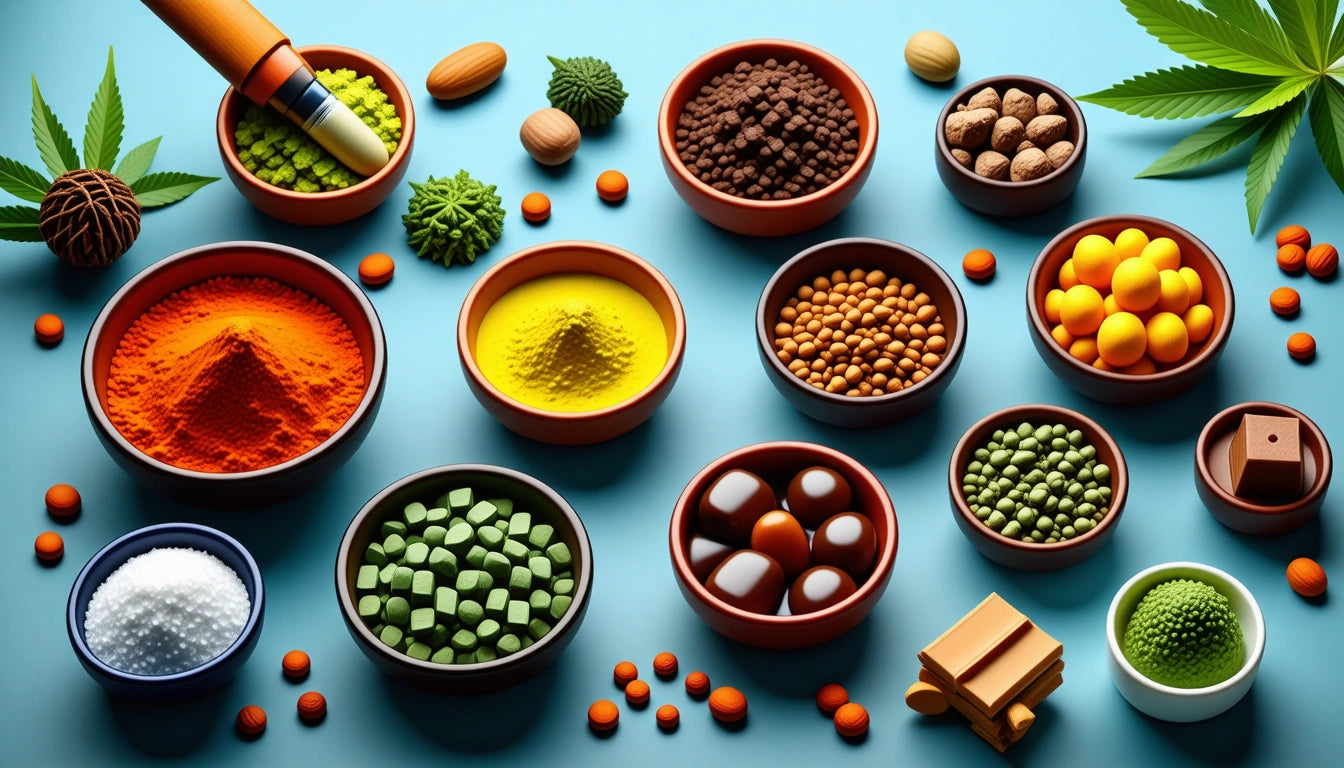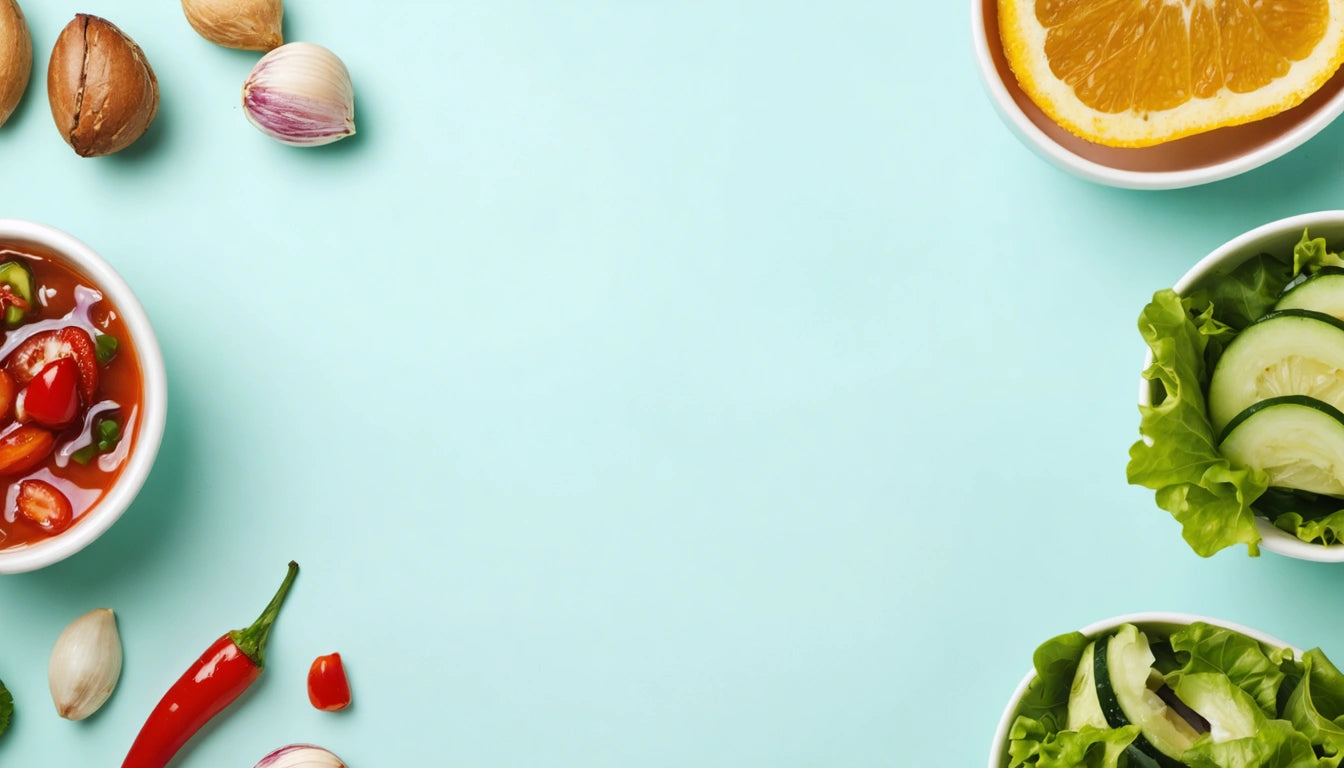Table of Contents
- Understanding Decarboxylation: The Essential First Step
- Making Edibles with Flower: Complete Process
- Using Concentrates for Quicker, More Precise Edibles
- Infusion Methods: Butter, Oil, and Beyond
- Popular Homemade Recipes: From Classics to Quick Options
- Dosing and Potency: Calculating THC Content
- Storage and Packaging Solutions for Homemade Edibles
- Advanced Techniques for Stronger, Better-Tasting Edibles
Comprehensive Guide to Making Homemade Edibles: Methods, Ingredients, and Tips
Making cannabis edibles at home offers a customizable alternative to dispensary products, allowing you to control potency, ingredients, and flavors. Whether you're looking to create potent treats from flower, quick edibles with concentrates, or exploring how to make edibles for specific dietary needs, this guide covers the essential techniques, common pitfalls, and expert tips for successful homemade creations.
Understanding Decarboxylation: The Essential First Step
Before making any edibles, you must activate the cannabinoids through decarboxylation. This process converts THCA in raw cannabis into psychoactive THC through heat exposure.
To decarboxylate cannabis flower:
- Preheat your oven to 240 °F (115 °C)
- Break up flower into small pieces (not powder)
- Spread evenly on a parchment-lined baking sheet
- Bake for 30-40 minutes until lightly browned
- Let cool before using in recipes
According to our guide on making potent edibles from flower, proper decarboxylation can increase potency by up to 30%, making it crucial for effective homemade edibles.
Making Edibles with Flower: Complete Process
Learning how to make edibles from flower involves several key steps after decarboxylation:
Grinding
Grind your decarboxylated flower to increase surface area for better infusion. Avoid grinding too finely as this can create a grassy taste.
Infusion
Combine ground flower with a fat (butter, oil) and heat at low temperatures (160-200 °F) for 2-3 hours, stirring occasionally. Strain through cheesecloth to remove plant material.
Cooking
Use your infused fat as a direct replacement in recipes. Remember that cooking temperatures above 340 °F can degrade THC, so adjust recipes accordingly.
Highlight: When making edibles with flower, using proper storage containers is essential for preserving potency and freshness. Many home chefs find that airtight storage solutions like mylar bags help maintain cannabinoid potency by protecting against light, air, and moisture degradation.
Using Concentrates for Quicker, More Precise Edibles
Many wonder how to make edibles with concentrates like distillate, shatter, or wax. The process is simpler and offers more precise dosing:
- Concentrates are already decarboxylated (except for some extracts like THCA diamonds)
- They blend more easily with fats
- Dosing is more predictable due to known THC percentages
- Less plant material means milder flavor
To use concentrates, simply melt them into warm (not hot) fat and stir until fully incorporated. Mastering edibles becomes easier with concentrates as they eliminate several variables in the process.
Infusion Methods: Butter, Oil, and Beyond
When learning how to cook edibles, understanding different infusion methods is crucial:
Cannabis Butter (Cannabutter)
The classic infusion medium, ideal for baked goods like cookies and brownies.
Cannabis Oil
Versatile for both cooking and baking, with options including coconut, olive, or vegetable oils.
Alcohol Tinctures
Fast-acting sublingual option or ingredient for beverages and gummies.
Milk/Cream
Great for ice cream, chocolates, and creamy desserts.
Each method extracts cannabinoids differently, with fat-based infusions generally being most efficient for THC extraction. For those wondering how to make stronger edibles, maximizing potency often involves using higher-fat content carriers like coconut oil.
Popular Homemade Recipes: From Classics to Quick Options
Once you understand how to make an edible base, you can create countless recipes:
How to Make Rice Krispie Edibles
A beginner-friendly option requiring just three ingredients: infused butter, marshmallows, and cereal. Simply melt infused butter with marshmallows, fold in cereal, and press into a pan to set.
How to Make Firecracker Edibles
For those seeking how to make edibles in 30 minutes, firecrackers are the answer. Spread peanut butter on graham crackers, sprinkle with decarboxylated cannabis, sandwich, wrap in foil, and bake at 320 °F for 22 minutes.
Gummies and Hard Candies
More advanced but highly rewarding. Making cannabis-infused gummies involves combining tincture or infused oil with gelatin, flavoring, and sweeteners.
Dosing and Potency: Calculating THC Content
Understanding how to make homemade edibles properly includes accurate dosing. To calculate approximate THC content:
- Determine flower potency (e.g., 20% THC = 200mg per gram)
- Account for extraction efficiency (typically 60-80%)
- Divide total milligrams by number of servings
For example, infusing 3.5g of 20% THC flower at 70% efficiency yields approximately 490mg THC total. If making 24 cookies, each contains roughly 20mg THC.
For those new to edibles, our dosing guide recommends starting with 2-5mg THC per serving and waiting at least two hours before consuming more.
Storage and Packaging Solutions for Homemade Edibles
Proper storage extends shelf life and maintains potency. For best results:
- Store most edibles in airtight containers in the refrigerator
- Label clearly with potency and production date
- Keep away from children with proper child-resistant packaging
- Freeze butter and oils for extended storage (up to 6 months)
When making larger batches, using proper storage containers becomes even more important. Many home producers find that specialized packaging helps maintain freshness while providing appropriate labeling space for dosage information.
Advanced Techniques for Stronger, Better-Tasting Edibles
Once you've mastered the basics of how to make edibles at home, consider these advanced techniques:
Water Curing
Soaking flower in distilled water before decarboxylation removes chlorophyll and improves flavor.
Lecithin Addition
Adding sunflower or soy lecithin to infusions increases bioavailability and potency.
Terpene Preservation
Using lower temperatures for longer periods preserves terpenes for enhanced effects through the entourage effect.
For those wondering what do you need to make edibles beyond the basics, our comprehensive guide covers specialized equipment like digital thermometers, silicone molds, and precise scales that can elevate your homemade creations.
By understanding these fundamental processes and techniques, you can confidently explore how to make your own edibles that rival commercial products in potency, flavor, and consistency. Whether you're creating medicinal doses or recreational treats, homemade edibles offer a customizable alternative that puts you in control of your cannabis experience.











Leave a comment
All comments are moderated before being published.
This site is protected by hCaptcha and the hCaptcha Privacy Policy and Terms of Service apply.